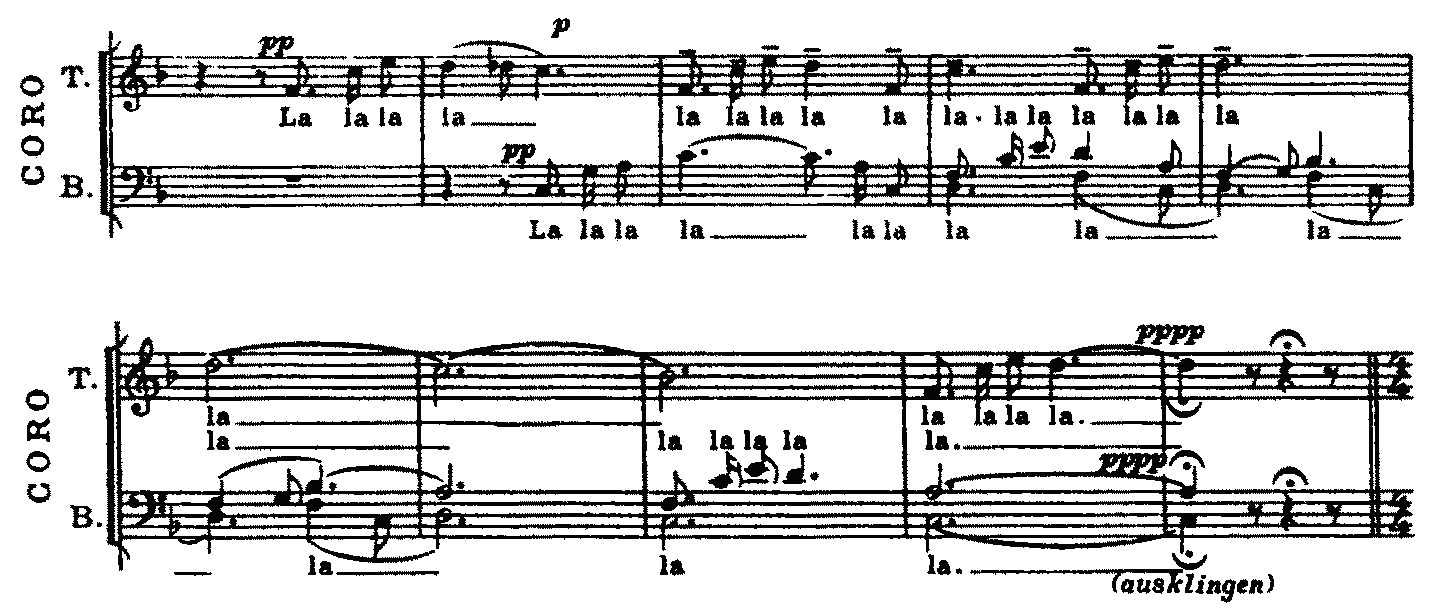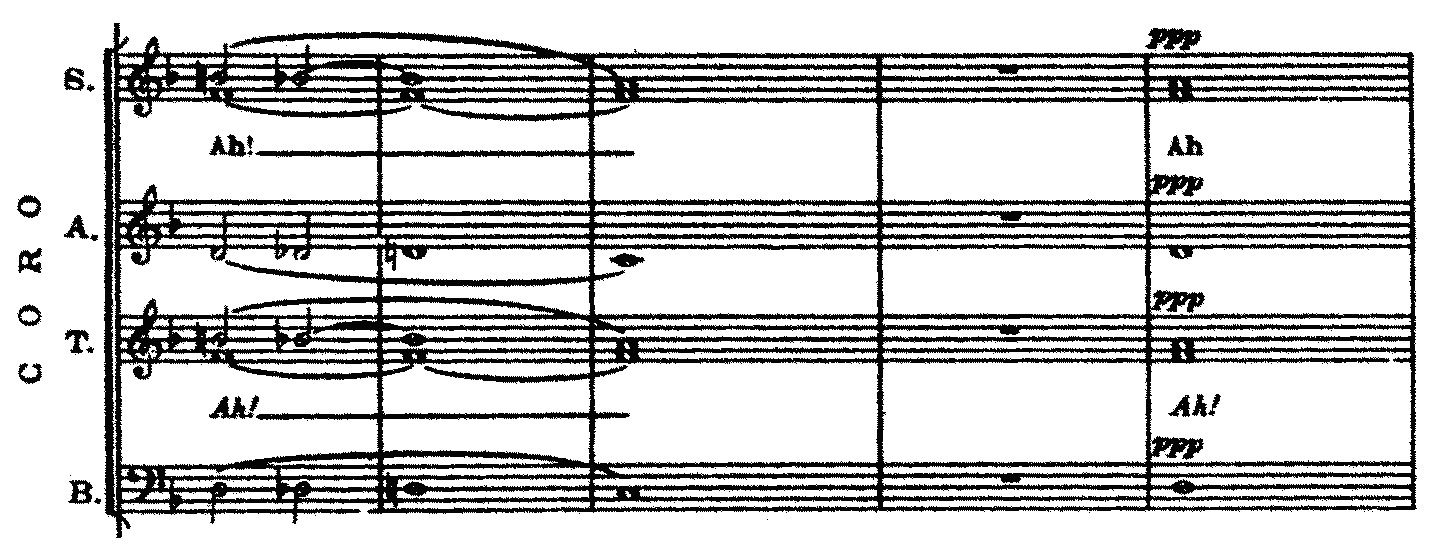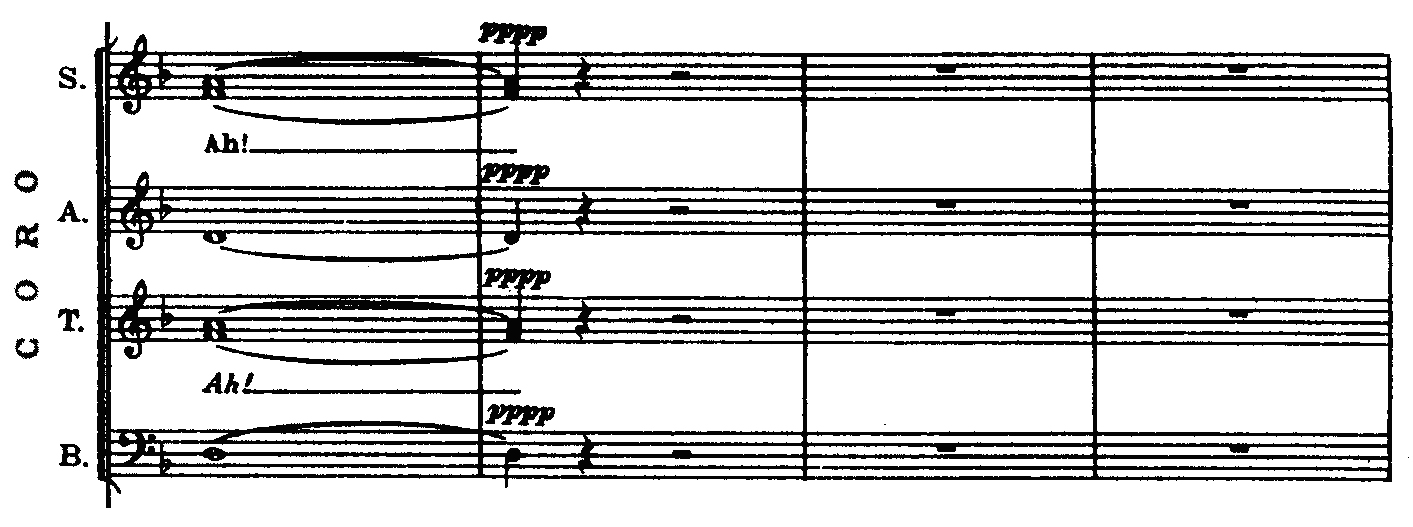Dramatic Vocalise Database
Frederick Delius (1862–1934)
Appalachia (1902–3)
Frederick Delius (1862–1934) “is considered among the most significant and characteristic of English compositional voices.” 1 Yet ironically, from the time he was twenty-two, Delius lived abroad; from 1897 onward the majority of his life was spent in Grez-sur-Loing, a small village south of Paris.
Delius’s father Julius had been notably successful in the Yorkshire wool industry, and it was expected that his son would join the business. Apprenticed to the wool trade, first in Gloucestershire, then at centers in France, Germany, and Sweden, Delius’s lack of interest in the family business caused much friction. While abroad, he had made excursions to the French Riviera and then to Norway, which became more and more a spiritual home.
By March 1884, even Julius Delius was convinced that the wool trade would not satisfy his son, and he allowed him to seek employment at an orange plantation in Florida—Solana Grove on the St. John’s River. During this period, Frederick met Thomas F. Ward, a man of considerable musical gifts, who had heard Negro singers in Brooklyn performing slave music from the South and had moved to Florida for the sake of his health. Ward joined Delius at Solana Grove and provided musical instruction. Delius maintained that only Ward’s teaching was of value to him, and in Florida he absorbed with delight the musical idioms of the African-American workers on the plantation.
In 1885, Delius moved to Virginia and started giving lessons, privately and at a Danville college. From 1886 to 1888, Delius studied at the Leipzig Conservatory, where Christian Sinding introduced him to Edvard Grieg. In 1888, at the age of twenty-six, he immigrated to Paris, staying there until 1897.2
Delius’s uncle Theodor was a friend of André Messager, composer of the opera Madame Chrysanthème (1893). He met Gabriel Fauré, as Fauré was Messager’s great maître et ami. Delius also became friends with Maurice Ravel and Florent Schmitt during this period, the latter making piano transcriptions of four of Delius’s operas: Irmelin (1890–92), The Magic Fountain (1893–95), Koanga (1895–97), and A Village Romeo and Juliet (1899–1901).3
Regarding influences on his compositional style, Delius wrote:
I am not the sort of man that would deny his musical parentage, and therefore, it will interest you to know that the first note I ever heard of Debussy was his opera, Pelléas et Mélisande, given in the spring of 1902, in Paris. I have never yet heard a note of Puccini’s music. The resemblance with Debussy can only come from the fact that we are both influenced by Chopin, Wagner, and a little by Greig.4
It is unclear if Delius was aware of Debussy’s “Sirènes,” although it is possible. The first complete performance of Debussy’s Nocturnes occurred in 1901, one year before Delius turned to dramatic vocalization in his own work Appalachia (1902–3).
Delius created Appalachia (Variations on an Old Slave Song with Final Chorus) for orchestra and chorus out of his earlier orchestral work American Rhapsody (1896), which was never performed during the composer’s life. The same melody that runs through Appalachia also forms the basis of this earlier piece. Appalachia’s variations on an old plantation song cover a wider range of styles than Delius was later willing to admit. The harmony is always recognizably his own, but there is still a considerable reliance on conventional melodic developments and counterpoints; regular phrase patterns are as much in evidence as the subtle flights of harmony that point forward to his maturity.
Appalachia is a large work of 654 measures in length, lasting nearly forty minutes in performance. The men’s chorus sings “La la la” for the majority of its entrances, however there are some passages of “Ah” as well. It is only at the end of the work that the full chorus is given actual text.
The first, brief entrance by the men’s chorus does not occur until nearly halfway through the piece.

Delius, Appalachia, mm. 307–13
5A footnote in the score at measure 311 directs the chorus to remain singing from a seated position until measure 517. More than fifty measures pass before the next brief entry, again by the men’s chorus.

Delius, Appalachia, mm. 369–73
6The men’s chorus makes a third, and slightly longer, entry that functions as a transition to the following variation.

Delius, Appalachia, mm. 406–15
7And again once more shortly after.

Delius, Appalachia, mm. 445–52
8One final section of wordless vocalization occurs following the chorus’s presentation of the full melody with text.




Delius, Appalachia, mm. 628–47
9The first performance of Appalachia took place at Stadthalle in Elberfeld, Germany, on 15 October 1904. It was also the work that introduced Sir Thomas Beecham to Delius’s music when he first heard a performance in London in 1907 under the baton of one of Delius’s German champions, Fritz Cassirer. Its effect upon Beecham was instantaneous. Although he had been conducting professionally for little more than a year, his crusade on behalf of Delius’s music began immediately; within the next twelve months, Beecham performed several of Delius’s orchestral works, including Appalachia. Delius’s works made regular appearances in Beecham’s repertoire throughout the rest of his life, but in particular he never lost his affection for the color and originality of Appalachia.
(Nauman 2009, 122–27)
Examples | Comments |
| Appalachia, mm. 307–13 |
| Appalachia, mm. 369–73 |